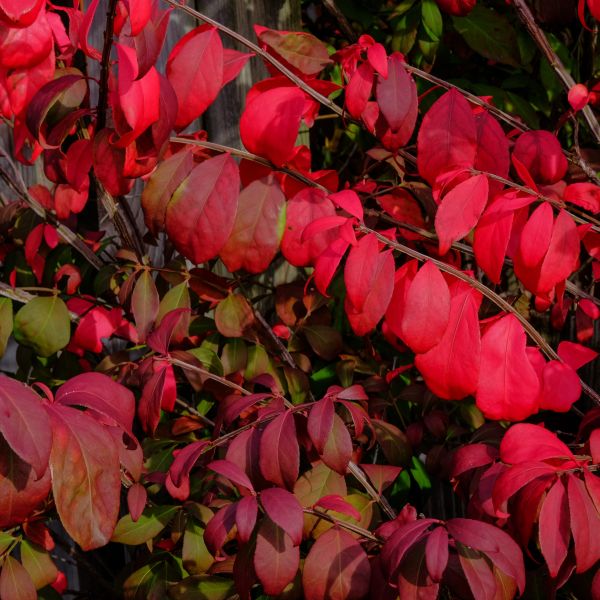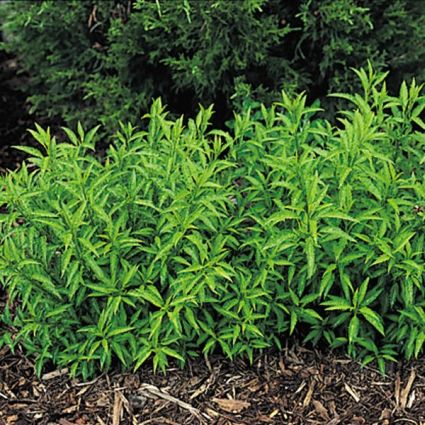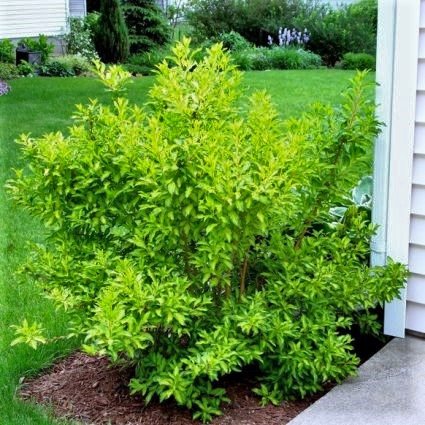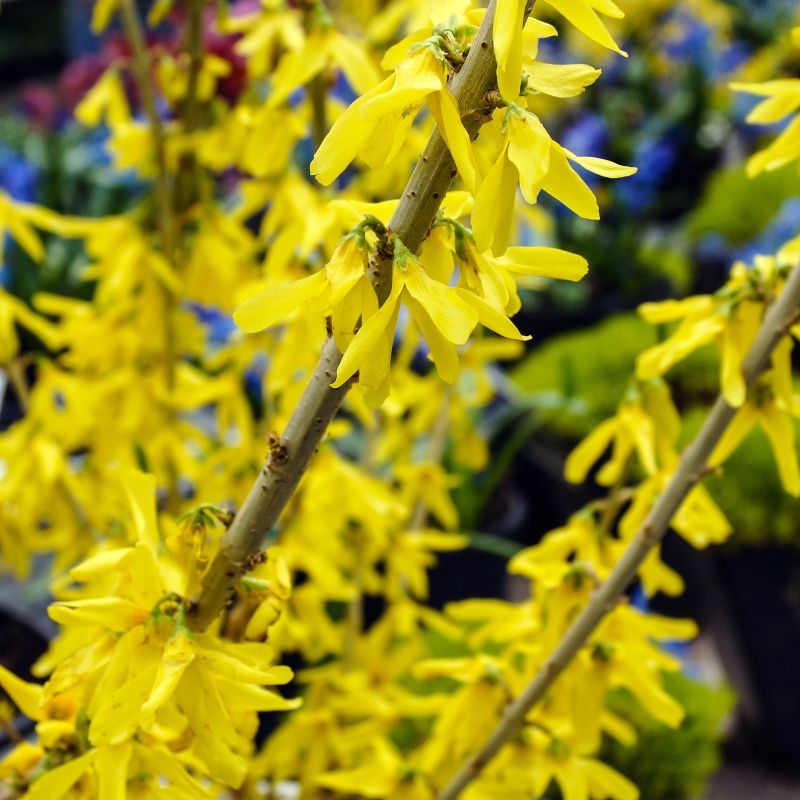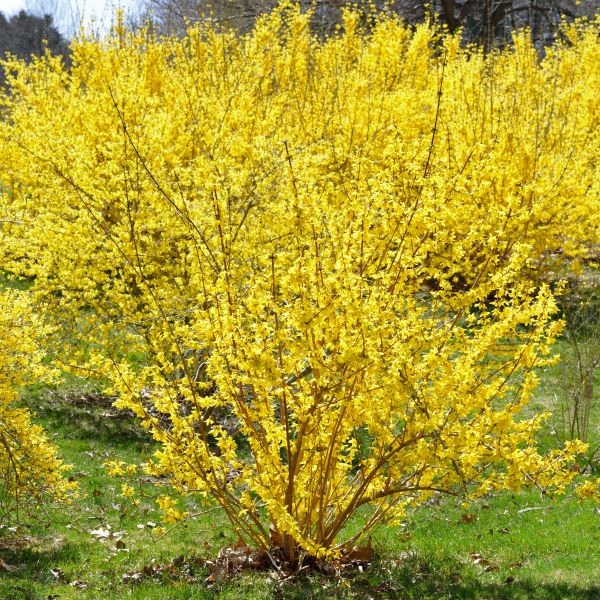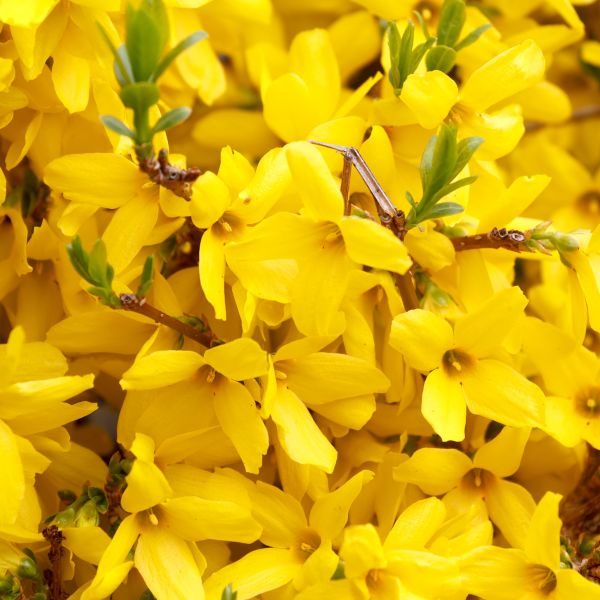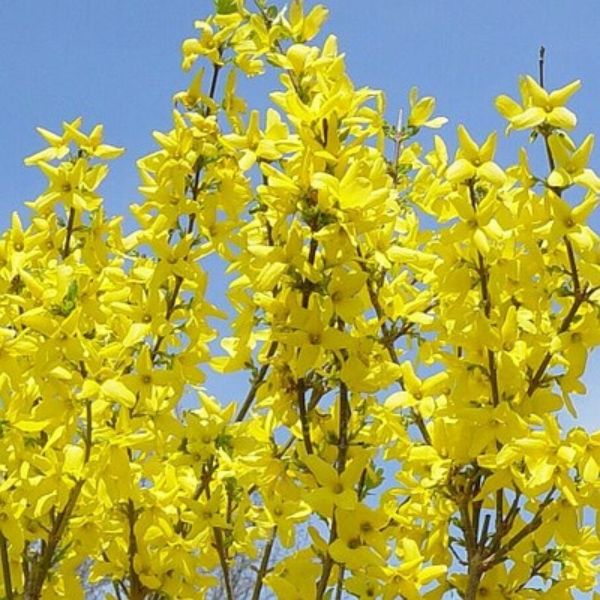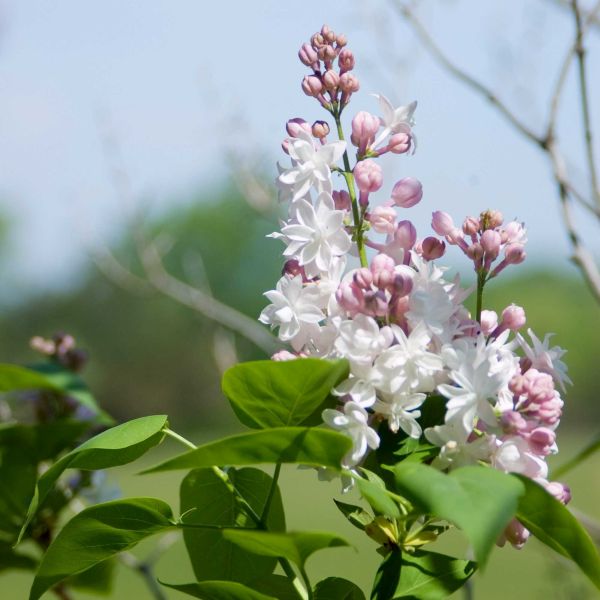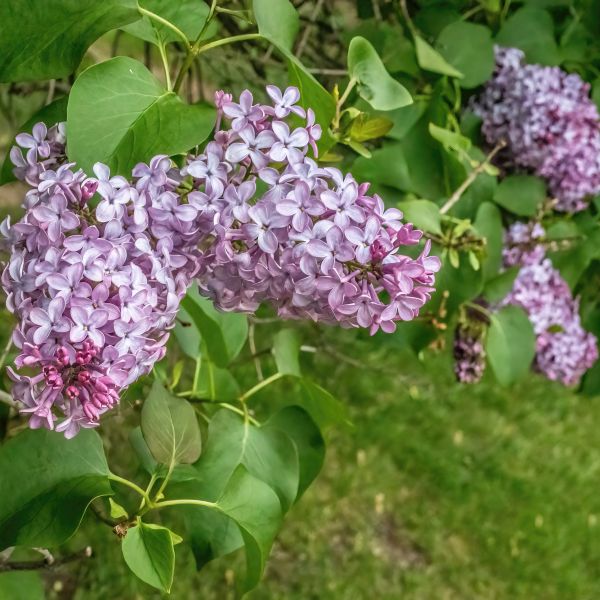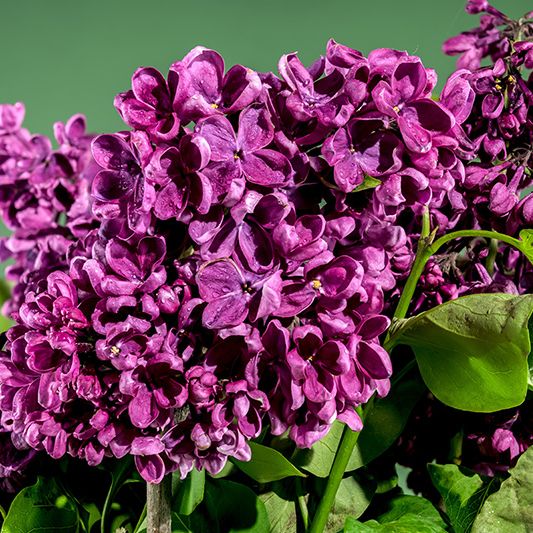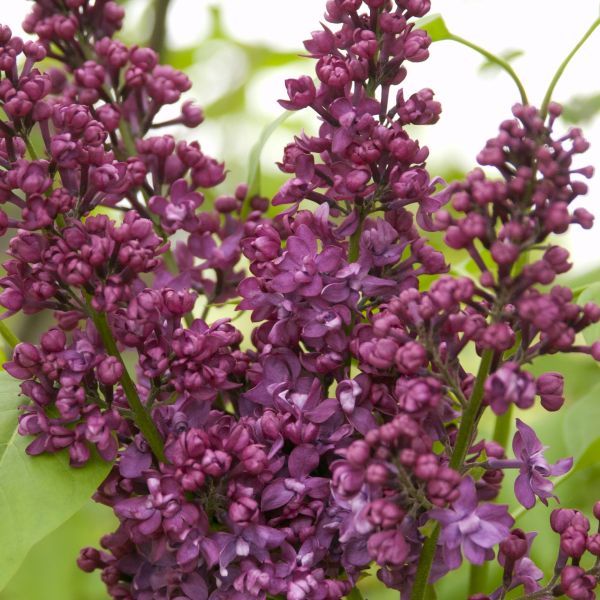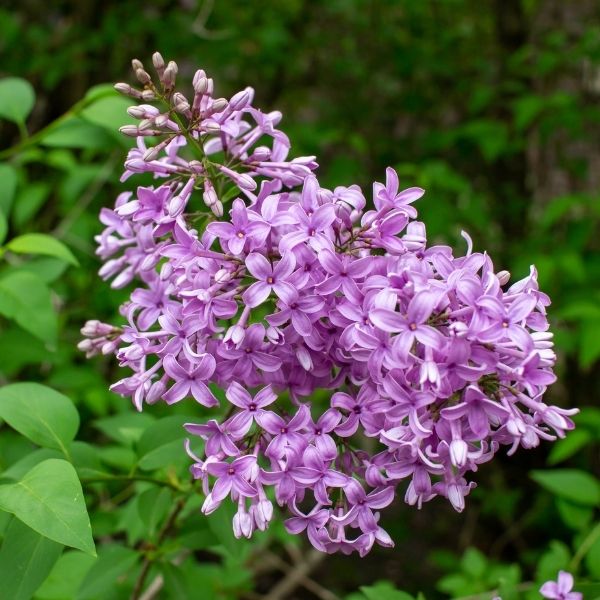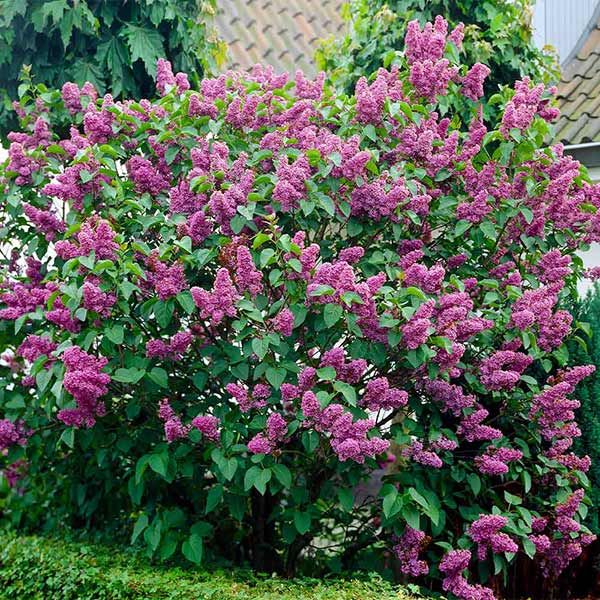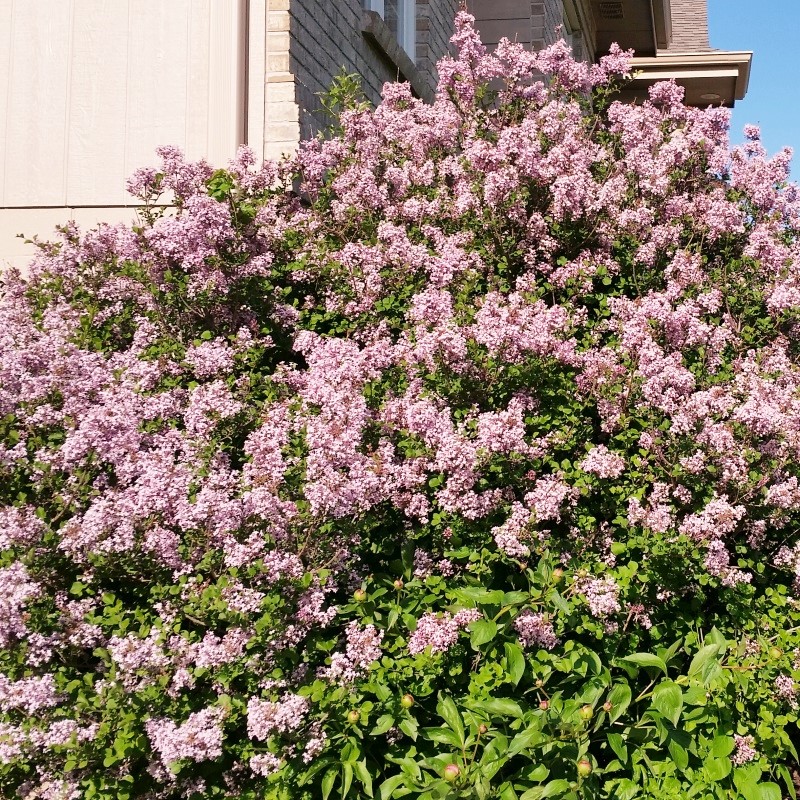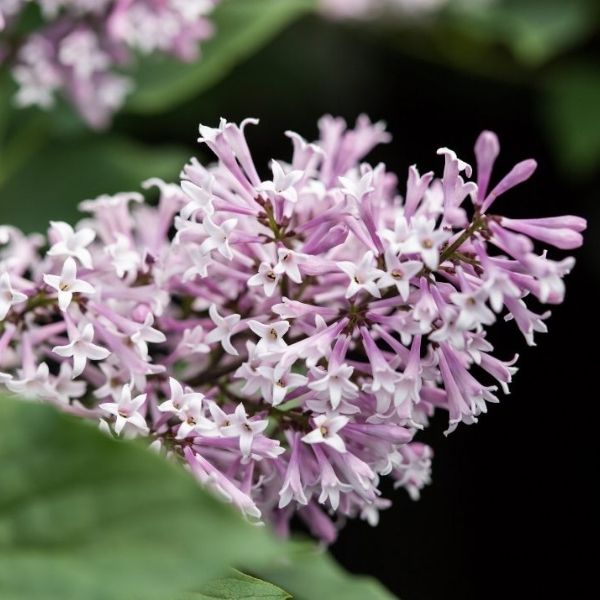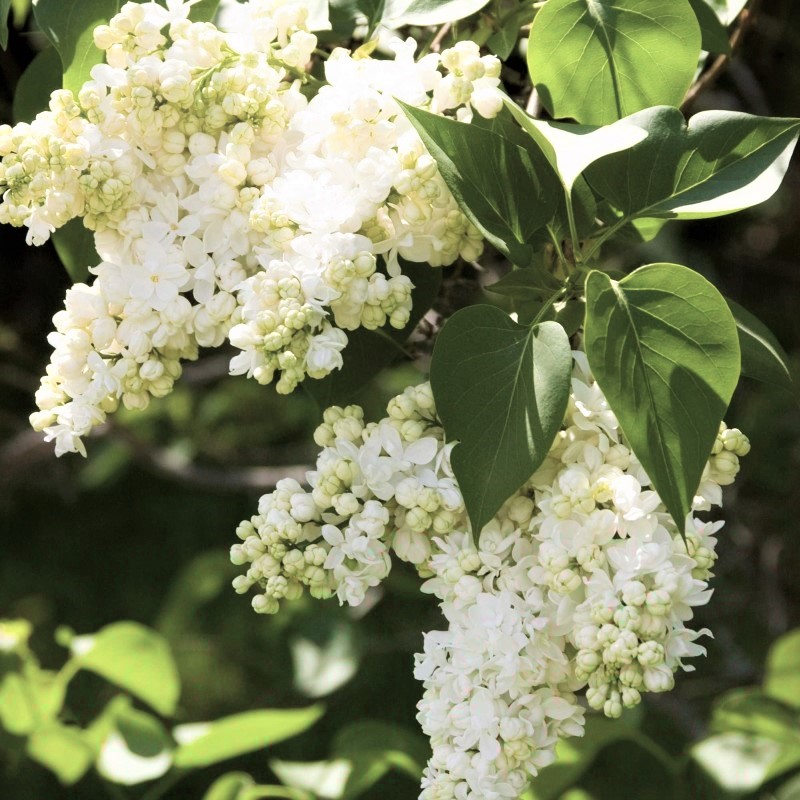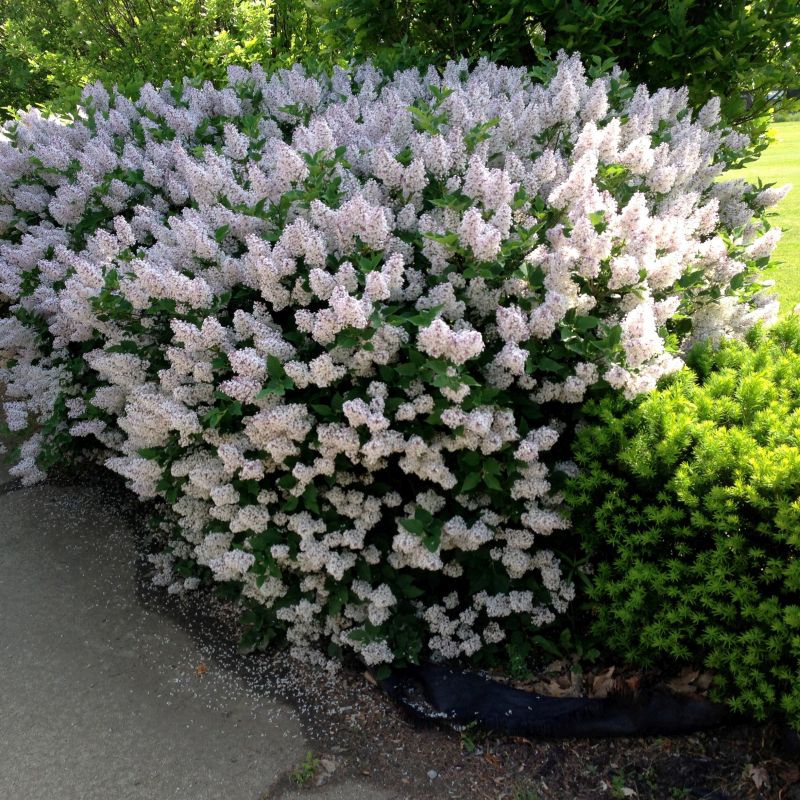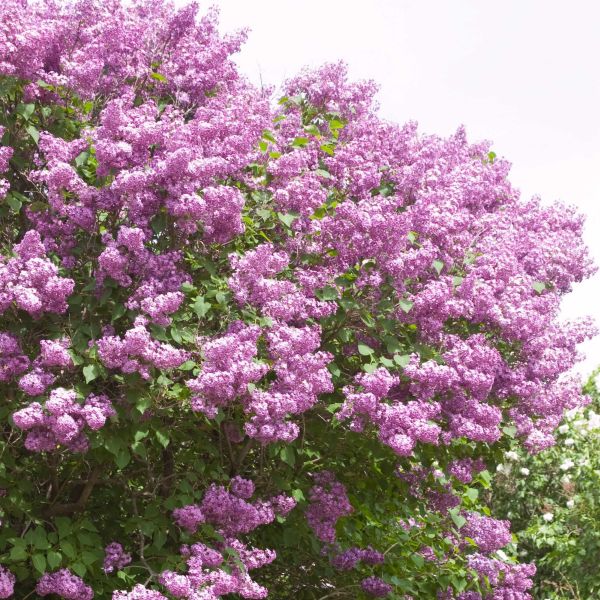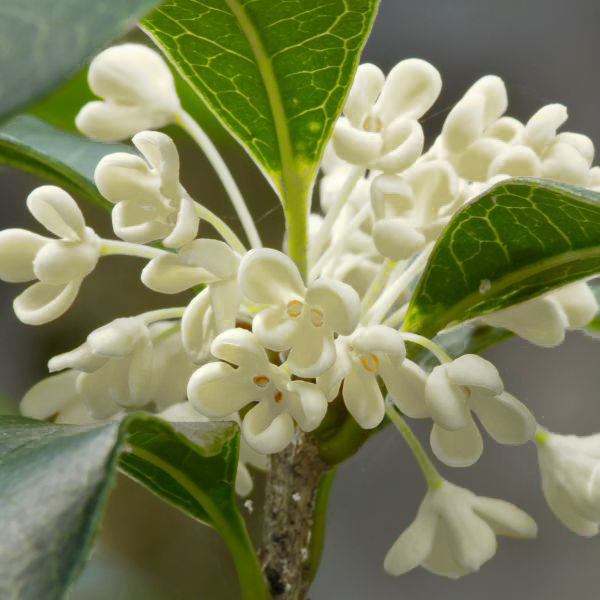
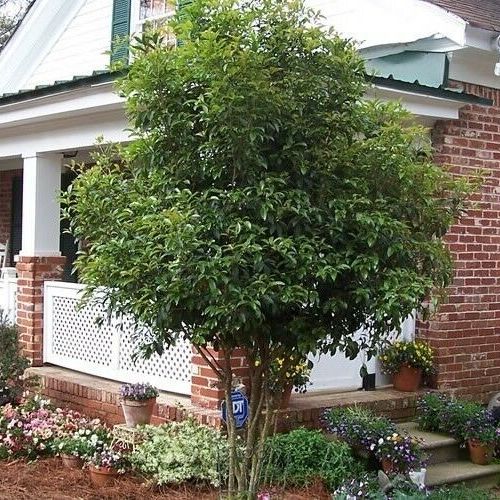
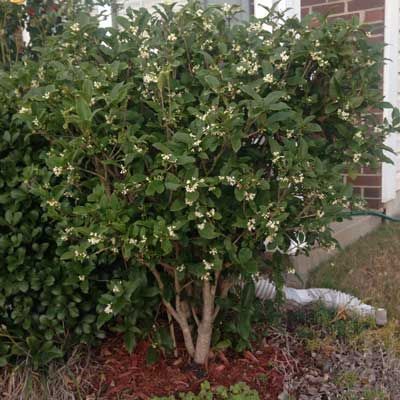
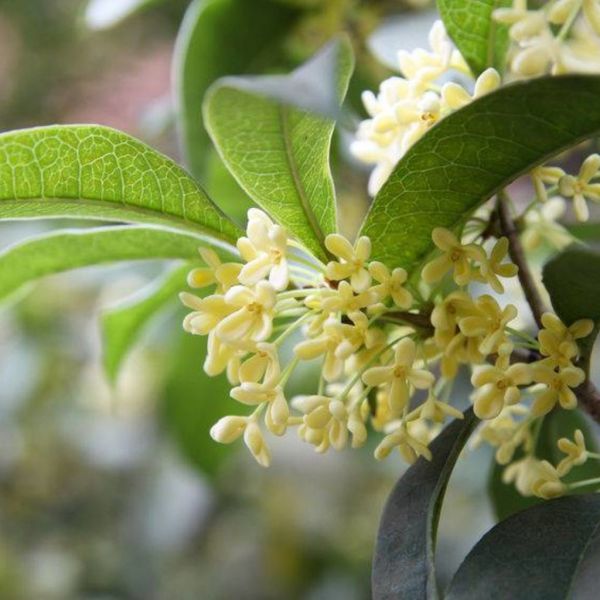
Fragrant Tea Olive
Osmanthus fragrans
15 reviews
Fragrant Tea Olive
Osmanthus fragrans
15 reviews
1 Gallon
We are sorry, product is currently out of stock due to seasonal availability. Please check the "Related plants available in your area" section below
Not just beautiful - intentionally selected by ShrubHub's 3D landscape design team to fit real-world spaces and maximize yard potential.
Why Fragrant Tea Olive?
Fragrant Tea Olive, scientifically known as Osmanthus fragrans, is a species of evergreen shrub or small tree that belongs to the olive family. Native to Asia, this plant is famous for its sweet-smelling flowers that bloom in autumn and early winter. The flowers produce a heady aroma that attracts pollinators like bees and butterflies. The plant is widely cultivated for ornamental and medicinal purposes, particularly for its essential oil that is used in perfumes and aromatherapy.
Related plants available in your area
Sunlight
Fragrant Tea Olive requires full sun to partial shade.
Watering
The Fragrant Tea Olive, or Osmanthus fragrans, has a moderate watering requirement. It prefers well-drained soil and should be watered regularly, especially during periods of drought. However, it is important to avoid overwatering, as it can lead to root r
Fertilizing
Fragrant Tea Olive requires a balanced fertilizer with equal amounts of nitrogen, phosphorus, and potassium. The required fertilizer should have a slow-release formula to promote healthy growth and flowering.
Scented Serenity: Fragrant Tea Olive - A Perfumed Symphony
Step into a world of scented serenity with Fragrant Tea Olive, an enchanting shrub that beckons with its captivating fragrance and timeless elegance. Like a melody of perfumed notes, this botanical marvel weaves a symphony of scent and beauty, creating an aromatic sanctuary that delights the senses.
The Fragrant Tea Olive is renowned for its exquisite fragrance, a delicate blend of floral sweetness, and spicy undertones. As the seasons change, this shrub releases its captivating aroma, permeating the air with a soothing and invigorating fragrance. Close your eyes, inhale deeply, and be transported to a place of tranquility and bliss.
The Fragrant Tea Olive showcases a display of evergreen foliage that provides year-round interest. Glossy, leathery leaves in shades of deep green create a lush backdrop for the fragrant blooms, adding a touch of elegance to any landscape. This shrub's dense and compact nature offers a sense of privacy and serenity, making it an ideal choice for creating secluded garden nooks or screening unsightly views.
As the seasons transition, Fragrant Tea Olive produces clusters of small, creamy-white flowers that adorn the branches like delicate pearls. These blooms emerge during the cooler months, releasing their intoxicating scent into the crisp autumn or winter air. Amidst the somber tones of the season, these blossoms bring forth a burst of beauty and fragrance, inviting admiration and wonder.
Versatility is a defining trait of Fragrant Tea Olive, as it thrives in a variety of garden settings. Whether planted as a standalone specimen, utilized as a fragrant hedge, or incorporated into mixed borders, this shrub lends an air of sophistication and charm to any landscape. Its adaptability to both sun and partial shade makes it a versatile choice for creating captivating garden designs.
Embrace the scented serenity of Fragrant Tea Olive and let its perfumed symphony transport you to a realm of tranquility. Whether gracing your garden, welcoming visitors at your entrance, or placing strategically near windows to invite the fragrance indoors, this botanical treasure promises to awaken the senses and create a haven of aromatic bliss. Surrender to its allure and be enraptured by the scented marvel of Fragrant Tea Olive.
Plant Information:
| Botanical Name: | Osmanthus fragrans |
| USDA Zones: | 7 - 11 |
| Water: | Moderate to Low |
| Exposure: | Full Sun |
| Soil Needs: | Well Drained |
| Mature Height: | 10 - 15 feet |
| Mature Spread: | 6 - 8 feet |





Pollination Info
Pollination Info for Fragrant Tea Olive (Osmanthus fragrans)
The Fragrant Tea Olive, also known as Osmanthus fragrans, is a tree species that is native to Asia, particularly in China. Like other plant species, it requires pollination in order to produce fruit. Here is some information regarding the pollination of Fragrant Tea Olive:
- Pollinators: The primary pollinators of Fragrant Tea Olive are bees and butterflies, as they are attracted to the sweet fragrance of the flowers.
- Self-pollination: Fragrant Tea Olive is capable of self-pollination, although it is not very efficient. Cross-pollination is recommended for better fruit production.
- Cross-pollination: Cross-pollination can be achieved by planting different cultivars or varieties of Fragrant Tea Olive within close proximity. This will increase the chances of the transfer of pollen between trees, resulting in better fruit production.
- Pollination period: The pollination period for Fragrant Tea Olive occurs in the spring, when the flowers bloom.
- Fruit production: After successful pollination, Fragrant Tea Olive will produce small, fleshy fruit that will ripen in the autumn months.
In summary, Fragrant Tea Olive is a tree species that relies on pollinators for fruit production. Cross-pollination is recommended for better yield, and the pollination period occurs in the spring.
FAQ
Frequently Asked Questions About Fragrant Tea Olive (Osmanthus fragrans)
What is Fragrant Tea Olive?
Fragrant Tea Olive (Osmanthus fragrans) is an evergreen shrub that is native to Asia. It is commonly grown for its fragrant flowers which have a sweet, fruity scent similar to apricots, peaches or honey. These flowers bloom in the fall or winter and are often used in perfumes, teas and other fragrances.
How do I grow Fragrant Tea Olive?
Fragrant Tea Olive prefers well-draining soil and partial to full sunlight. It can be propagated by rooting stem cuttings or by grafting onto another root stock. To encourage healthy growth, trim back any dead or diseased branches and fertilize in the spring with a slow-release fertilizer.
When do Fragrant Tea Olive flowers bloom?
Fragrant Tea Olive flowers typically bloom in the fall or winter, anywhere from September to March. The flowers will continue to bloom for several weeks and can last up to several months depending on the climate and environmental conditions.
How do I care for Fragrant Tea Olive?
Fragrant Tea Olive requires minimal care once established. Water regularly, but ensure the soil drains well to prevent root rot. Prune back any dead or diseased branches in the spring and fertilize with a slow-release fertilizer. Mulch around the base of the plant with organic material to help retain moisture and discourage weed growth.
Can I use Fragrant Tea Olive flowers in cooking?
Yes, Fragrant Tea Olive flowers are often used in cooking and are especially popular in Chinese cuisine. The flowers can be used to flavor teas, desserts, and soups. However, it is important to note that the flowers should be consumed in moderation as they can have a laxative effect if consumed in large quantities.
Do Fragrant Tea Olive plants attract bees and other pollinators?
Yes, Fragrant Tea Olive plants are known to attract bees, butterflies, and other pollinators. This can be beneficial for nearby plants and gardens that require pollination.
Is Fragrant Tea Olive toxic to pets or humans?
Fragrant Tea Olive is not known to be toxic to pets or humans. However, if ingested in large quantities, the flowers can have a laxative effect. It is always important to exercise caution when consuming any new foods or plants and to consult a healthcare provider if any adverse reactions occur.
Do I need to prune Fragrant Tea Olive?
Pruning Fragrant Tea Olive is not necessary, but it can help to encourage healthy growth and prevent disease. Prune back any dead or diseased branches in the spring and remove any parts of the plant that are blocking sunlight or air circulation.
Planting & Care
Planting & Care for Fragrant Tea Olive (Osmanthus fragrans)
Planting
1. Choose a planting location that receives full to partial sunlight and offers well-draining soil.
2. Dig a hole that is twice the width of the root ball, but no deeper than the root ball.
3. Gently remove the plant from the container and loosen any tangled roots before placing it in the hole.
4. Backfill the hole with soil, gently packing it down around the roots.
5. Water the plant thoroughly.
Care
1. Water the plant regularly, keeping the soil moist but not waterlogged.
2. Fertilize the plant in the spring and summer with a balanced, slow-release fertilizer.
3. Prune the plant after it has finished flowering to shape it and remove any dead or diseased branches.
4. Mulch around the base of the plant to retain moisture and control weeds.
5. Protect the plant from strong winds and frost by providing a windbreak or covering it with frost cloth.
Additional Tips
- Fragrant tea olive can be grown as a shrub or trained into a small tree.
- The plant is deer-resistant.
- Fragrant tea olive can be propagated from stem cuttings.
Check Out These Verified Customer Reviews:
Customer Reviews
4.7 out of 5 based on 15 reviews
Thank you! Your review has been submitted.
Fast delivery, well packaged.
Customer service was very helpful and responsive.
Customer service was helpful and responsive.
Item has been added to your cart.



